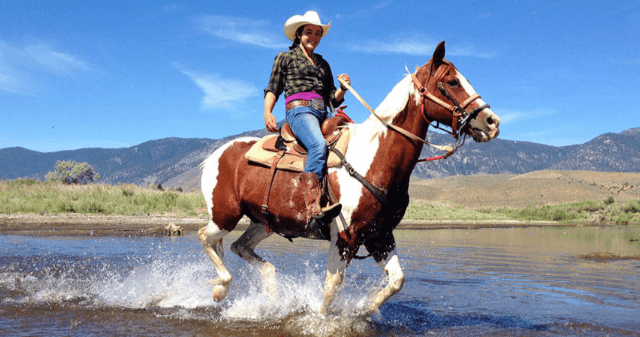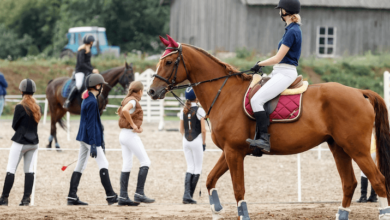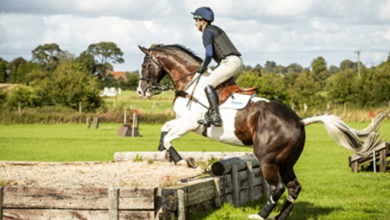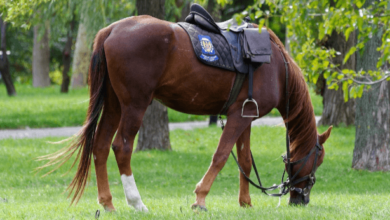What are the best practices for riding in a group on trails?

Introduction
Riding in a group on trails is an exhilarating way to enjoy the outdoors, build camaraderie, and enhance your riding skills. However, group trail riding comes with its own set of challenges and responsibilities. To ensure a safe and enjoyable experience for everyone, it’s crucial to follow certain best practices. This comprehensive guide covers everything you need to know about riding in a group on trails, from preparation to post-ride activities.
Preparation Before the Ride
Understanding Group Dynamics
Before hitting the trails, it’s important to understand the dynamics of your group. Know the experience levels and riding styles of each member. This will help in planning a route that suits everyone and ensures no one feels left out or overwhelmed.
Establishing Communication Protocols
Clear communication is key to a successful group ride. Establish hand signals and verbal cues that everyone understands. This ensures smooth coordination and helps in conveying important information quickly, such as upcoming obstacles or changes in the route.
Preparing Your Gear
Ensure that your gear is in top condition. Check your bike for any mechanical issues, ensure you have enough water and snacks, and pack essential tools and a first aid kit. Wearing appropriate clothing and protective gear is also crucial for safety and comfort.
Understanding Trail Etiquette
Respecting trail etiquette is essential for a harmonious ride. Yield to other trail users, stay on marked paths to avoid damaging the environment, and maintain a reasonable speed to ensure safety for everyone.
On the Trail
Staying Together as a Group
Keeping the group together can be challenging, but it’s important for safety and cohesion. Set a pace that everyone can maintain and regroup at regular intervals. This ensures that no one gets lost or left behind.
Passing and Overtaking Safely
When passing other riders or trail users, do so courteously and safely. Announce your intentions clearly and ensure there’s enough space to pass without causing discomfort or danger to others.

Handling Obstacles and Technical Sections
Trails often present various obstacles and technical sections. Approach these with caution and ensure that each rider has the opportunity to navigate them safely. Offer assistance to less experienced riders if needed.
Managing Different Skill Levels
In a group with varying skill levels, it’s important to accommodate everyone. More experienced riders can offer tips and support to beginners, while also ensuring that the pace is manageable for all.
Safety Considerations
Emergency Procedures and First Aid
Accidents can happen, so it’s essential to have a plan in place. Know basic first aid and carry a first aid kit. Ensure everyone in the group knows what to do in case of an emergency, including how to contact local emergency services.
Navigating Difficult Terrain
Some trails may have challenging terrain that requires careful navigation. Approach difficult sections with caution, and ensure that each rider is comfortable with the level of difficulty. Walk the bikes if necessary to avoid injuries.
Weather Conditions and Their Impact
Weather can significantly impact trail conditions and safety. Check the forecast before your ride and be prepared for sudden changes. Dress appropriately and carry necessary gear to handle adverse weather conditions.
Post-Ride Activities
Group Debrief and Feedback
After the ride, gather as a group to discuss the experience. Share feedback, highlight any issues encountered, and discuss what went well. This helps in planning better rides in the future and improving group dynamics.
Equipment Check and Maintenance
Post-ride maintenance is crucial for the longevity of your gear. Clean your bike, check for any damages, and perform necessary repairs. This ensures your equipment is ready for the next adventure.
Celebrating the Ride Together
End the ride on a positive note by celebrating together. Whether it’s sharing a meal, having a small celebration, or simply enjoying a moment of rest, these activities strengthen the bond within the group.
Advanced Tips for Group Riding
Improving Group Riding Skills
Continually working on your group riding skills can enhance the overall experience. Practice riding in different formations, work on communication, and regularly engage in skill-building exercises.
Coordinating with Larger Groups
Larger groups require more coordination. Consider appointing a lead and sweep rider, and possibly splitting into smaller sub-groups to manage the ride more effectively.
Using Technology for Better Coordination
Utilize technology to enhance coordination. GPS devices, trail apps, and communication tools can help in navigation, keeping track of the group, and sharing real-time updates.
Frequently Asked Questions
What should I bring on a group trail ride? Bring essentials such as water, snacks, a first aid kit, repair tools, and appropriate clothing. Personal identification and a communication device are also important for safety.
How do I handle a rider who is struggling? Offer support and encouragement. Adjust the pace to accommodate them and provide assistance with technical sections. Ensure they feel included and valued.
What are the signs of trail fatigue? Signs include excessive sweating, shortness of breath, dizziness, and a lack of coordination. If a rider shows these signs, take a break, hydrate, and rest.
How can I improve my group riding skills? Practice regularly, focus on communication, and participate in group rides with varying skill levels. Learning from more experienced riders can also enhance your skills.
What should I do if I get separated from the group? Stop and wait at a safe location. Use your communication device to contact the group and share your location. Avoid venturing off the trail to minimize the risk of getting lost.
How do I deal with wildlife encounters? Stay calm and do not approach wildlife. Make noise to alert them of your presence and give them space to move away. Follow local guidelines for wildlife encounters.
Conclusion
Riding in a group on trails can be a fulfilling and enjoyable experience when done correctly. By understanding group dynamics, maintaining clear communication, and following safety protocols, you can ensure that everyone in the group has a great time. Remember, the key to successful group riding lies in preparation, respect for others, and a positive attitude.



